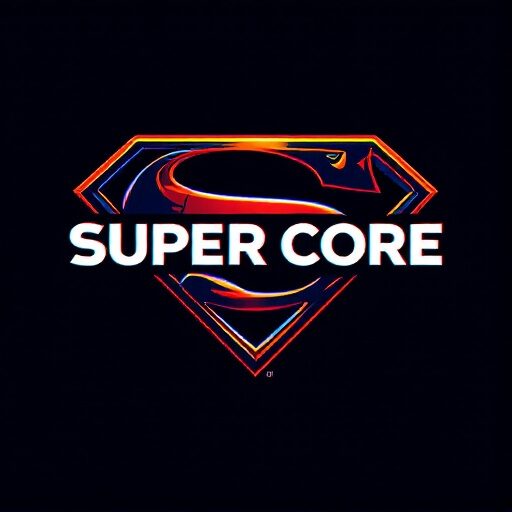The Catholic Mass
The Mass, the memorial of the death and resurrection of the Lord in which the sacrifice of the cross is perpetuated over the centuries-is the summit and source of all Christian worship and life; it signifies and affects the unity of the people of God and achieves the building up of the body of Christ. It is an action of Christ himself and the Church; in it Christ the Lord, by the ministry of a priest, offers himself, substantially present under the forms of bread and wine, to God the Father and gives himself as spiritual food to the faithful who are associated with his offering.1 1. Cf. Codex Iuris Canonici (=CIC), 897-898.
https://www.catholicnewsagency.com/resources/liturgy/the-sacrifice-of-the-mass/this-is-the-mass
Christ on the Cross
We are born to live. Christ, however, was born to die. On the night of the Last Supper, Christ instituted the Mass in order to leave a memorial to his beloved Spouse, the Church. He offered his body and blood under the species of bread and wine to God the Father. Taking bread, Christ said: “This is my body, which will be given up for you.” Also taking the chalice with wine, he said: “This is the cup of my blood, the blood of the new and everlasting covenant. It will be shed for you and for all so that sins may be forgiven.” Christ then commanded his apostles: “Do this in memory of me,” making them priests of the New Testament. This rite anticipated the bloody sacrifice that Christ accomplished on the cross once and for all on Good Friday for the redemption of the world. The Church continues to offer the sacrifice of the cross, but in a bloodless manner. The Mass is neither a repetition of nor a substitute for the cross, but the merit we gain from the Mass is the same merit that we would have gained had we actually been present at the foot of the cross on Calvary. The historical event of Calvary does not, however, repeat itself, nor is it continued in each Mass. The sacrifice of Christ is perfect and, therefore, does not need to be repeated. Glorious in heaven, Christ does not die again. His sacrifice is not repeated; rather, the presence of the singular sacrifice of the cross is multiplied, overcoming time and space.
https://www.catholicnewsagency.com/resources/liturgy/the-sacrifice-of-the-mass/christ-on-the-cross
THE USE OF COLOR IN THE CATHOLIC LITURGICAL YEAR
Green: The color of vestments used during ordinary time. (Ordinary time is the rest of the year that’s not the Christmas or Easter season — it’s still important, it just has an unexciting name.)
Purple or violet: Used during Advent and Lent, and along with white and black, these colors may also be used at Funeral Masses.
White and gold: Most appropriate for Christmas and Easter.
Red: For on feasts of the Passion of Jesus and for the Holy Spirit, representing red tongues of fire, in addition to being worn for the feasts of martyred saints, who shed their red blood for Christ.
Rose: On the Third Sunday of Advent and the Fourth Sunday of Lent, the color rose may be worn as a sign of anticipated joy.


